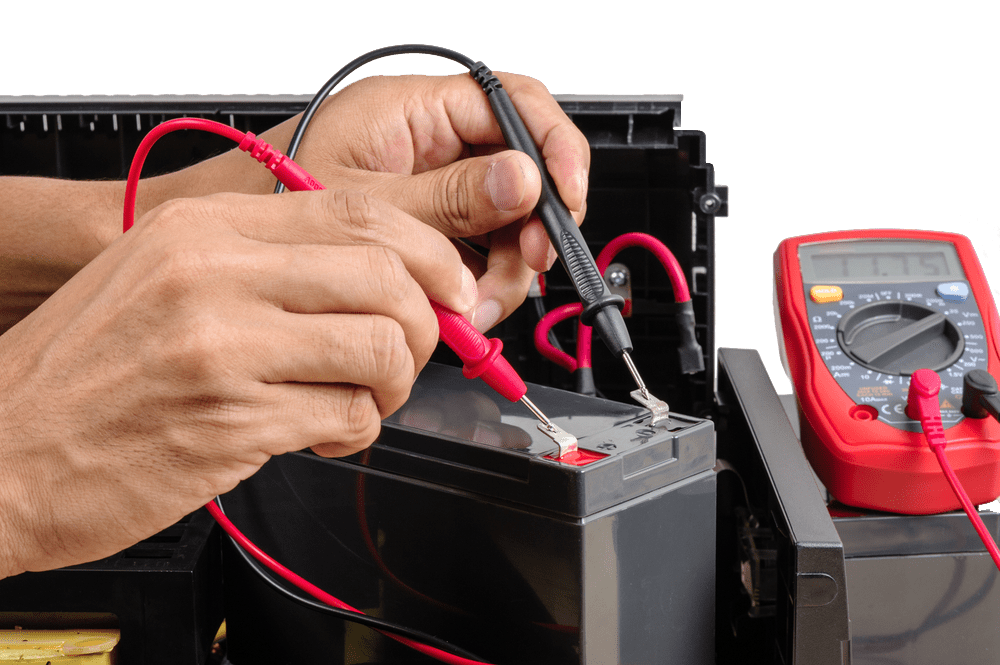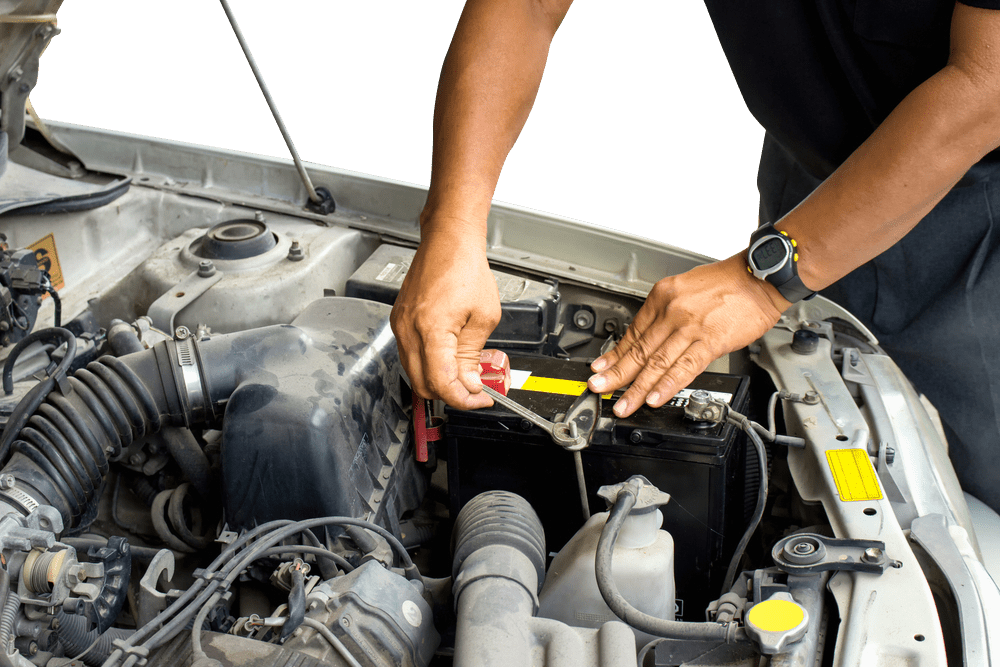- 5 Nov 2023
What to do if bike battery dies?
Bike batteries play a crucial role in powering our rides. Whether you own a sleek electric bike or a classic motorcycle, understanding the basics of bike batteries and the common problems they can encounter will help you keep your ride in top condition.
A bike battery, also known as a motorcycle battery or an e-bike battery, is a rechargeable device that supplies electrical energy to start the engine and power the electrical components of your bike. These batteries are typically lead-acid or lithium-ion batteries, with the latter being more common in modern electric bikes.
Now, let’s delve into some of the common problems you may encounter with your bike battery. One of the most obvious signs of a dying bike battery is difficulty starting your bike. You may find that the engine cranks slowly or fails to start altogether. Another common indicator is dim or flickering lights, both on the dashboard and the exterior of your bike. Additionally, if you notice that your battery is swollen or leaking, it’s a clear sign that it’s time for a replacement. Being aware of these signs will help you identify when your bike battery is in trouble and needs attention.

Causes of Bike Battery Problems
Understanding the causes of bike battery problems can help you prevent them in the first place. One of the common culprits is simply the age of the battery. Over time, all batteries degrade and lose their ability to hold a charge. Extreme temperatures, both hot and cold, can also contribute to battery deterioration. High temperatures can lead to increased internal resistance, while cold temperatures reduce the battery’s ability to deliver power. Another common cause is leaving your bike unused for extended periods. When a bike is not in use, the battery can discharge and lose its capacity.
Essential Steps to Take When Your Bike Battery Dies
When your bike battery dies, it can be frustrating, especially if you’re in the middle of nowhere or on a long ride. However, there are several essential steps you can take to revive your ride and get back on the road.
- Check the connections: Start by inspecting the battery connections for any signs of corrosion or looseness. Corroded or loose connections can prevent the battery from charging or delivering power to your bike’s electrical systems. If you notice any corrosion, gently clean the terminals with a wire brush and ensure the connections are tight.
- Jump-start your bike: If the battery is completely dead, you can jump-start your bike using jumper cables and a running vehicle or a portable jump starter. Connect the positive (red) cable to the positive terminal of the dead battery and the positive terminal of the working battery. Then, connect the negative (black) cable to the negative terminal of the working battery and a grounded metal surface on your bike, away from the dead battery. Start the working vehicle or turn on the portable jump starter and let it run for a few minutes to charge your bike battery. Once charged, attempt to start your bike.
- Charge the battery: If jump-starting doesn’t work or you don’t have access to a running vehicle or a jump starter, you can remove the battery from your bike and charge it using a compatible battery charger. Connect the charger to a power source and follow the manufacturer’s instructions for charging. Once fully charged, reinstall the battery in your bike and start the engine.
Maintenance Tips to Prevent Bike Battery Problems
Prevention is always better than cure, and the same applies to bike battery problems. By following a few maintenance tips, you can extend the lifespan of your bike battery and reduce the chances of encountering problems.
- Regularly inspect and clean the battery: Routinely inspect your bike battery for any signs of corrosion, leaks, or damage. Clean the terminals with a wire brush and use a battery terminal protector to prevent corrosion buildup.
- Keep your battery charged: If you’re not frequently using your bike, invest in a battery maintainer or tender. These devices ensure that your battery remains charged and in good condition, even during long periods of inactivity.
- Store your bike properly: When storing your bike for an extended period, it’s important to take proper precautions to preserve the battery. Disconnect the battery or use a battery disconnect switch to prevent any parasitic drain. Additionally, store your bike in a cool, dry place to minimize temperature-related battery issues.
South West Batteries – A Reliable Solution for Bike Battery Issues
When it comes to bike battery problems, finding a reliable solution is crucial for a hassle-free riding experience. South West Batteries is a reputable provider of high-quality batteries for various applications, including bikes. With their extensive range of bike batteries, you can find the perfect fit for your specific make and model. Their batteries are known for their durability, reliability, and long lifespan. Whether you need a replacement battery or want to upgrade to a more powerful option, South West Batteries has got you covered.
Common Mistakes to Avoid with Bike Batteries
While we’ve covered the essential steps to take when your bike battery dies and how to prevent battery problems, it’s equally important to be aware of common mistakes that can further damage your battery. Avoiding these mistakes can save you time, money, and frustration.
- Ignoring warning signs: One of the biggest mistakes is ignoring the warning signs of a dying battery. If your bike is struggling to start or the lights are dim, don’t delay in addressing the issue. Ignoring these signs can lead to complete battery failure and leave you stranded.
- Overcharging the battery: Overcharging your bike battery can significantly reduce its lifespan. Always follow the recommended charging procedures and avoid leaving the battery connected to a charger for an extended period.
- Using the wrong charger: Using an incompatible charger can damage your bike battery. Make sure to use a charger specifically designed for your battery type and follow the manufacturer’s instructions.
Conclusion
Taking care of your bike battery is essential for a smooth and uninterrupted riding experience. By understanding the common problems, knowing the essential steps to take when your bike battery dies, and following the provided maintenance tips, you can keep your battery in excellent condition and avoid unexpected breakdowns. Remember, prevention is key, and investing in a high-quality battery, such as those offered by South West Batteries, can save you from unnecessary headaches on the road. So, keep an eye on your battery’s health, ride safely, and enjoy the thrill of the open road!











